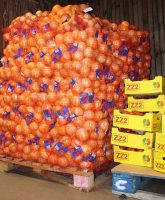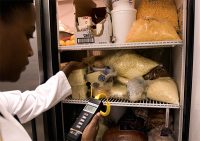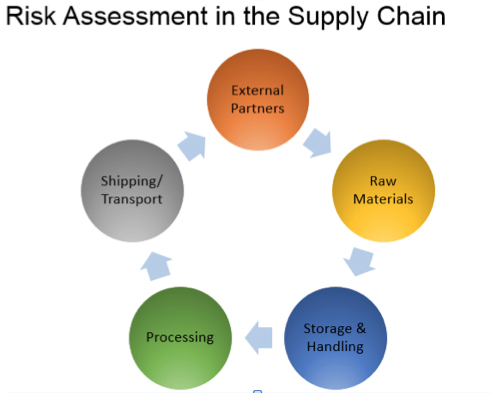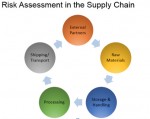Keeping your food processing facility clean is actually even more important than the food itself. What steps can you take to help keep your food processing facility clean?
1. Cultivate a Clean Culture
Keeping your facility clean is more than just your job. It’s the job of everyone who walks through your doors, whether they work on the factory floor or in the offices. Your first step should be to cultivate a clean culture. Get everyone involved, from the newest hire all the way up to the CEO. Everyone should have their assigned job, but they should also feel comfortable speaking to their supervisors or upper management to report spills, possible contamination and other cleanliness problems.
It’s not just better for your overall workplace cleanliness—keeping a clean workspace helps to improve employee safety, productivity and morale as well.
2. Reinforce the Necessity for Personal Hygiene
When you have human employees involved in the production process, there is always a chance the product can become contaminated. Personal hygiene can help to reduce the chances of contamination by keeping your employees clean and safe as well.
Hand washing, for example, is a step that is often neglected but can mean the difference between a clean batch of food and a contaminated one. Good hand washing procedures can also help reduce the spread of cold and flu germs inside the workplace.
Personal protective equipment also falls into this category—gloves, hair and beard nets, shoe booties and other coverings should all be worn to lessen the possibility of contamination.
3. Keep Up With Your Equipment
The exact equipment you need to complete your work will vary depending on the type of food you’re processing, but for most foods that start with raw ingredients, you will need some sort of sifting equipment. These are designed to remove under- and oddly-sized food items or to remove dirt, leaves or other debris that might have come in contact with the food from the field where it was harvested.
Most sifting equipment relies on vibrating or moving sifters that can throw small particles into the air. While necessary, this also creates a new potential source of contamination for your food items. Investing in sifting equipment with a dust hood can help solve this problem. Not only do dust hoods keep your product and facility cleaner, machines with dust hoods reduce air pollution too.
4. Food Storage and Temperature
Food production facilities are at the mercy of temperature. Food that is allowed to get too warm can grow bacteria, making it dangerous to consume. Food that is left for extended periods of time at temperatures between 41 and 135 degrees Fahrenheit are also at risk for bacterial and microorganism growth.
Be vigilant about the temperature at which your food is stored. Food that needs to stay hot is required to be kept at 140 degrees or above, and cold food needs to be kept below 41 degrees.
5. Clean, Clean and Clean Again
Keeping all of your equipment clean and sanitized is an essential step in the maintenance of your food processing facility, but many pieces of equipment are not designed to be disassembled and sanitized separately. This may be tricky when there are cracks and crevices where food particles can get stuck, encouraging bacteria growth. You have two options for cleaning your equipment—clean in place and clean out of place.
Cleaning in place, as its name suggests, involves cleaning your equipment without taking it apart. This includes running sanitizing chemicals through the equipment and cleaning all accessible surfaces.
Cleaning out of place requires shutting down the equipment and disassembling it, allowing you to clean and sanitize all of those hard-to-reach corners. Depending on the piece of equipment, this may require shutting down your entire production line, so be sure that cleaning out of place won’t impact your production deadlines.
6. Cut the Clutter
Clutter in a workspace, even if it’s just boxes of product waiting to be palletized, can contribute to an unclean and unsafe work environment. Clutter allows the collection of dust, which can make its way into both food and equipment.
Take the time to dedicate specific areas to storage, preferably away from the primary production line. Keep your main traffic routes clear to prevent on-the-job accidents and ensure that anything kept in overhead storage is stable with no risk of falling.
7. Keep Covers and Guardrails In Place and Maintained
Open tanks or containers that process food are prone to contamination and are difficult to keep clean. Any tanks or containers that have covers on them should be covered at all times to ensure the product is kept clean.
For places where guardrails are necessary, such as above production lines or other elevated walkways, confirm that the rails provide coverage on all exposed sides. Make sure that there is also no risk of any dirt or other contaminants from shoes or the walkways falling into food or onto the production line.
A dirty production line can cost you thousands of dollars to correct, costing even more if the contaminated product has to be discarded. Take the time to maintain your cleanliness and keep your facility running smoothly.











